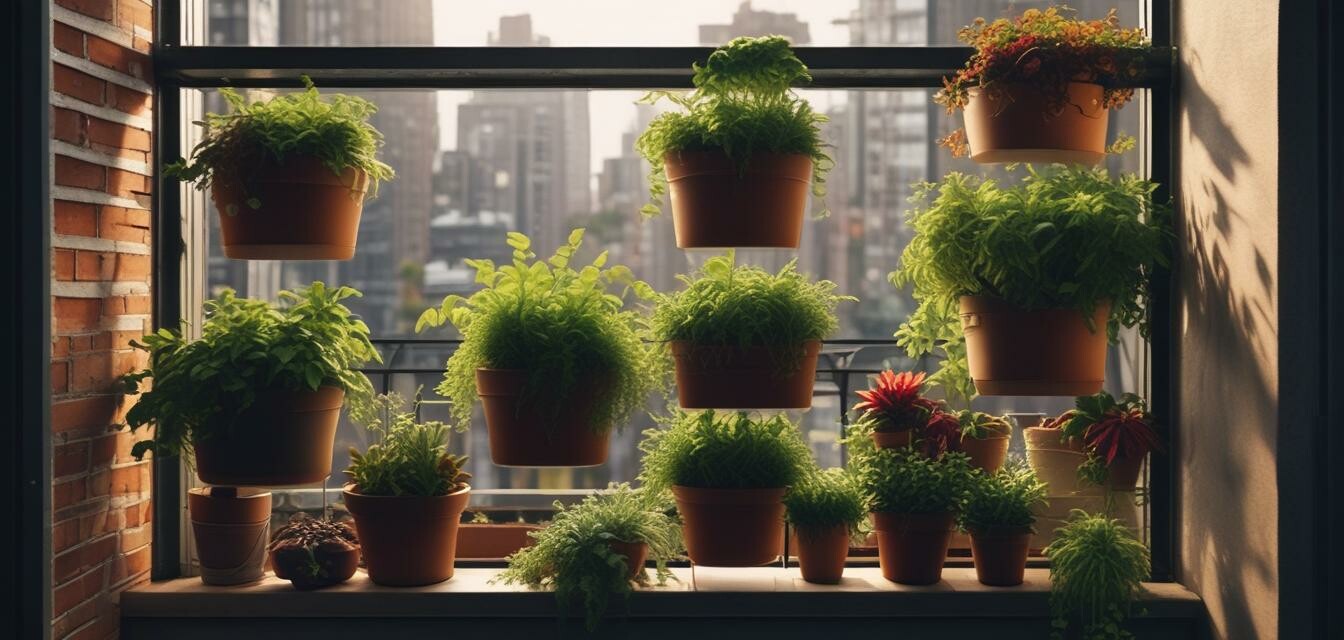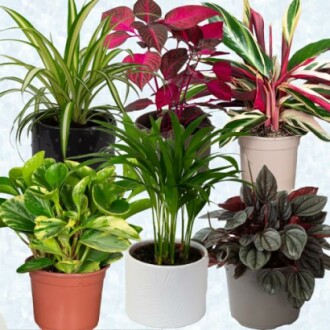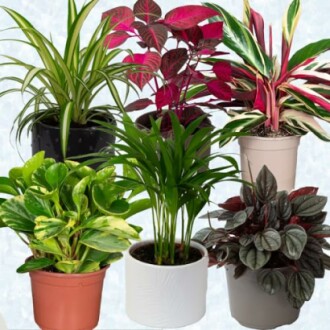
Vertical Gardening for Limited Sunlight
Key Takeaways
- Utilize reflective surfaces to enhance light availability.
- Choose shade-tolerant plants for vertical gardens.
- Vertical planters can maximize space and light exposure.
- Proper plant care is essential for maintaining optimum growth in limited light.
- Consider using supplemental lighting for particularly shaded areas.
Creating a vertical garden in an area with limited sunlight can be a rewarding challenge. By optimizing your space and selecting the right plants, you can achieve a flourishing green oasis, even in the city. This article will guide you on how to garden vertically while addressing the unique challenges that low-light conditions present.
Understanding the Impact of Limited Sunlight
Limited sunlight can hinder plant growth significantly. Plants converted into vertical spaces may encounter challenges due to insufficient light. To address this, understanding plant types and light requirements is essential.
The Role of Light in Plant Growth
Plants require sunlight for photosynthesis, which is crucial for producing energy. In vertical gardening with limited sunlight, selecting the right plants is vital.
Choosing the Right Plants for Your Vertical Garden
When curating your vertical garden, be mindful of plant selection. Here are some excellent options that thrive in low-light conditions:
| Plant Variety | Light Requirements | Benefits |
|---|---|---|
| Spider Plant | Low to moderate | Air-purifying and resilient. |
| Pothos | Low to bright indirect | Pretty trailing vine; easy care. |
| Ferns | Low to medium | Adds texture and greenery. |
| Snake Plant | Low light | Hardy and drought-tolerant. |
| Peace Lily | Low to medium | Gorgeous white blooms and air purifier. |
Maximizing Light Exposure
Utilize Vertical Planters
Vertical planters can help maximize both space and available light. Here are some types of vertical planting systems to consider:
- Wall-mounted planters: Allow you to create a vertical display that captures light.
- Freestanding vertical racks: Often have multiple shelves for growing a variety of plants.
- Trellises: Support climbing plants while elevating them to increase light access.
Reflective Surfaces for Light Enhancement
Incorporating reflective surfaces around your vertical garden can enhance light availability. Here are some helpful tips:
- Use mirrors or reflective panels to bounce light onto your plants.
- Consider white or light-colored walls to reflect sunlight into your garden.
Care Tips for Low-Light Vertical Gardens
While the right plants and setup are crucial, maintaining proper care is equally important:
- Ensure adequate watering without over-saturating the soil.
- Provide fertilizer suitable for indoor plants, as they may have higher nutrient needs.
- Rotate plants periodically to ensure they receive even light exposure.
Supplemental Lighting Options
If your vertical garden struggles in particularly shaded spots, consider the following lighting solutions:
- LED Grow Lights: Energy-efficient and effective for plant growth.
- Fluorescent bulbs: Ideal for supplementing light in low-light conditions.
- Full-spectrum lamps: Mimics sunlight for better plant health.
6 x Pet Friendly House Plants
A vibrant collection of non-toxic house plants perfect for brightening up your home while keeping your pets safe.
Learn MoreCommon Challenges and Solutions
Vertical gardening in limited sunlight can come with its own set of challenges. Addressing these effectively can support healthy plant growth:
| Challenge | Solution |
|---|---|
| Yellowing leaves | Adjust watering and check for nutrient deficiency. |
| Stunted growth | Reassess light levels and consider supplemental lighting. |
| Pest issues | Regularly inspect plants; treat natural remedies or insecticidal soap. |
Pros
- Maximizes limited space.
- Can improve air quality indoors.
- Brings visual beauty to urban living.
Cons
- Requires regular maintenance.
- Possible higher upfront costs for lighting.
- Some plants may not adapt well to vertical growth.
Transform Your Balcony with 6 Pet Friendly House Plants
A collection designed to enrich your balcony while ensuring your furry friends are safe.
See ProductConclusion
Vertical gardening can enhance your urban living space while providing a fresh atmosphere. By selecting the right plants, optimizing light exposure, and maintaining care, you can enjoy a stunning vertical garden despite limited sunlight. Explore further with our Vertical Gardening Techniques, and discover the best Balcony & House Plants to complement your gardening efforts. Happy gardening!

